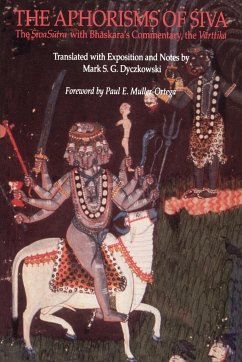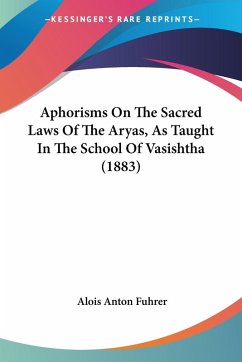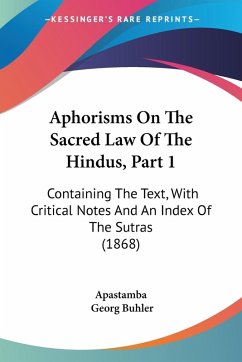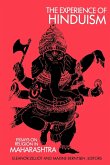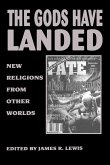The Shiva Sutra was revealed to Vasugupta by Shiva in order to counter the effects of dualism. This revelation initiated the hermeneutics of syntheses and exegesis climaxed by the great Abhinavagupta. The Shiva Sutra is the most important scripture in the Trika system of Kashmir Shaivism. As a book on yoga, it explains the nature and cause of bondage and the means to liberation from bondage. Bh¿skara is in the direct lineage of Vasugupta. To Bh¿skara's commentary, Mark Dyczkowski has added his translation of an anonymous commentary as an aid to understanding Bh¿skara's interpretation. This anonymous writer also serves as a bridge between K¿emar¿ja's and Bh¿skara's commentaries, drawing from both. The commentary on each sutra is thus in three layers. Bh¿skara's commentary is first, followed by the anonymous commentary, after which Dyczkowski adds his own exposition and compares Bh¿skara and K¿emar¿ja. K¿emar¿ja's commentary, the Vimarsini, has been translated by Jaideva Singh and published by SUNY Press under the title Siva Sutra.
Hinweis: Dieser Artikel kann nur an eine deutsche Lieferadresse ausgeliefert werden.
Hinweis: Dieser Artikel kann nur an eine deutsche Lieferadresse ausgeliefert werden.

